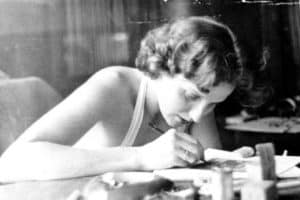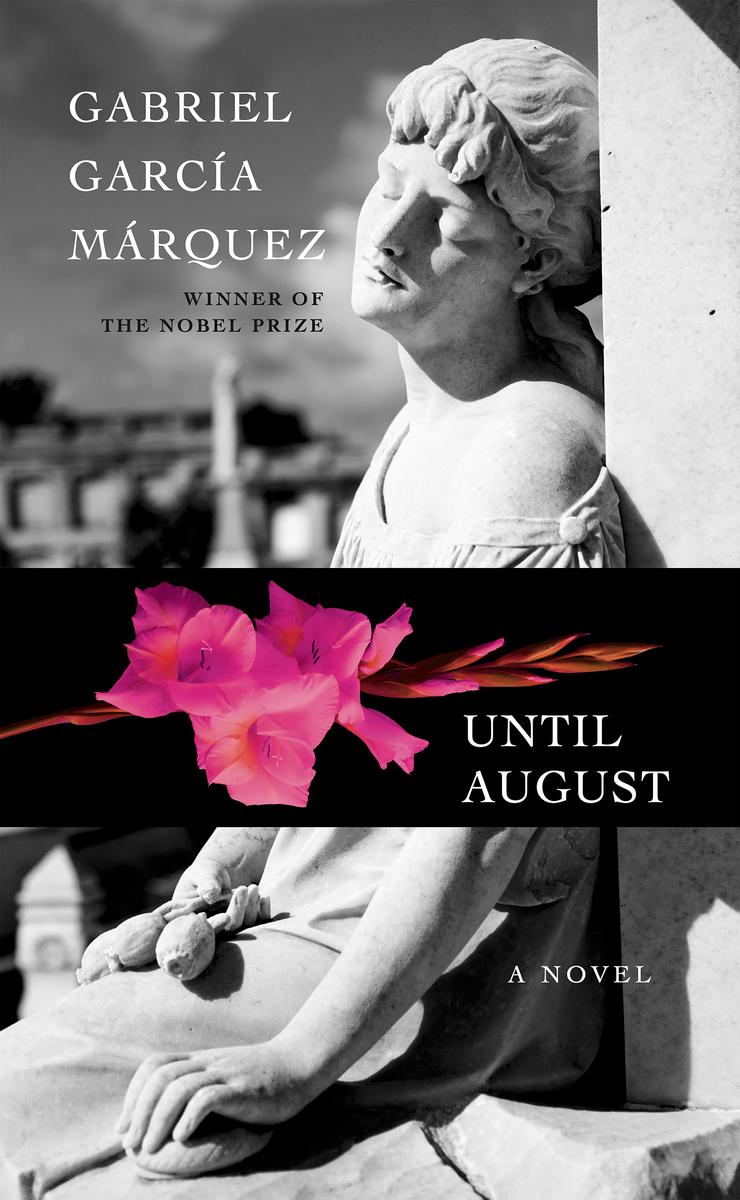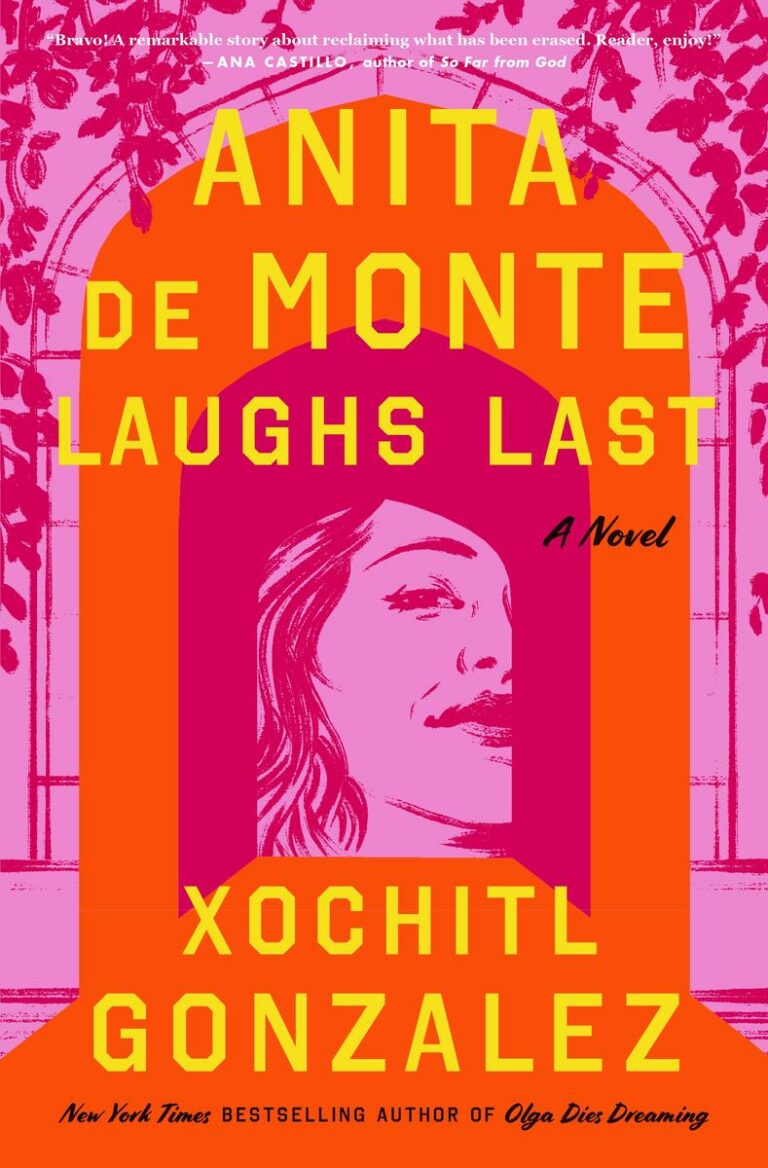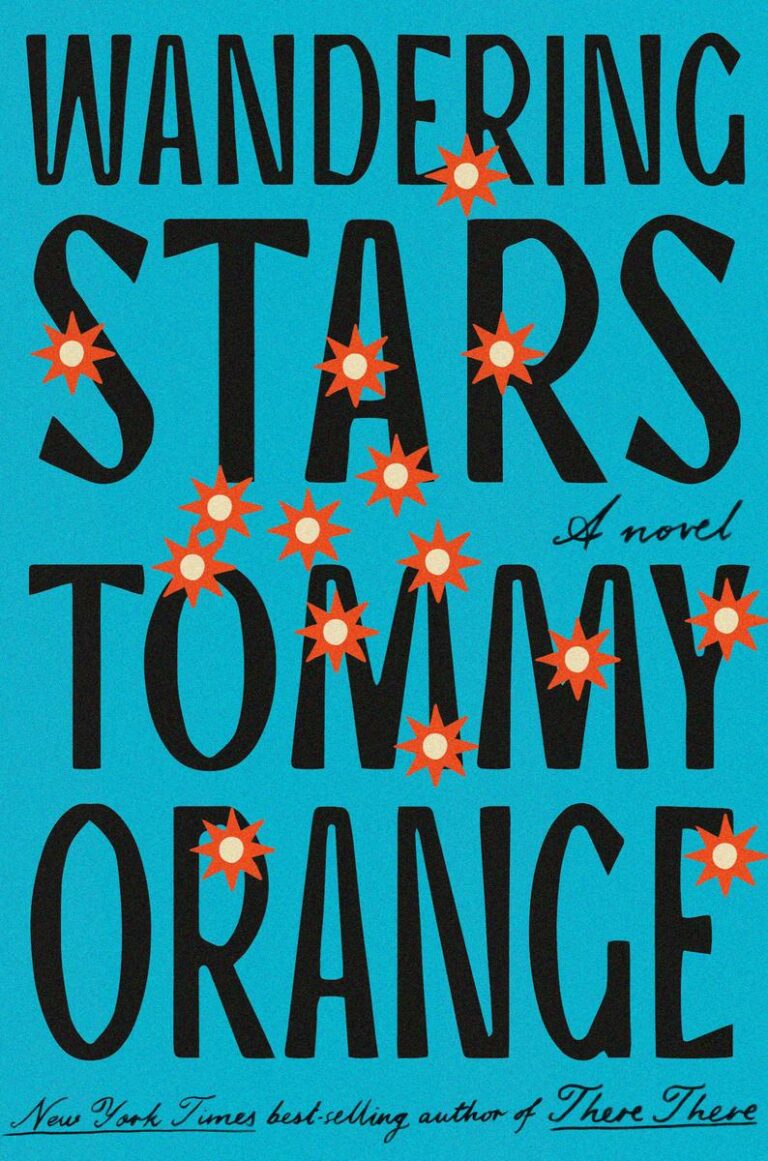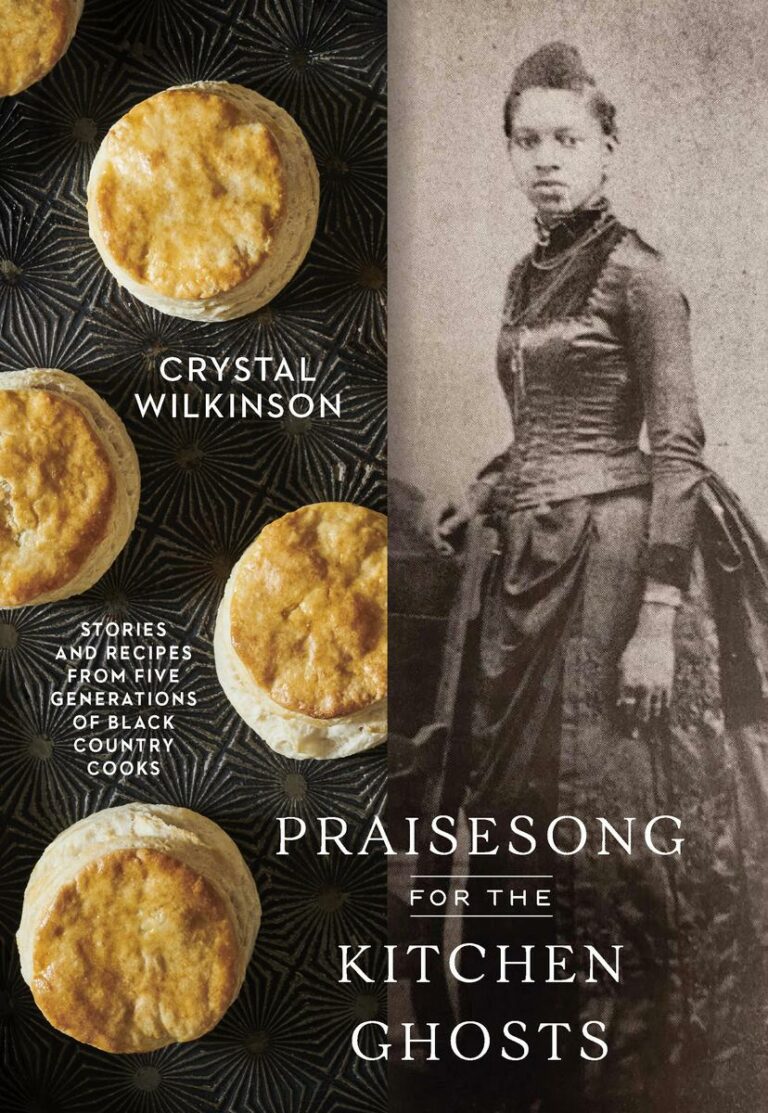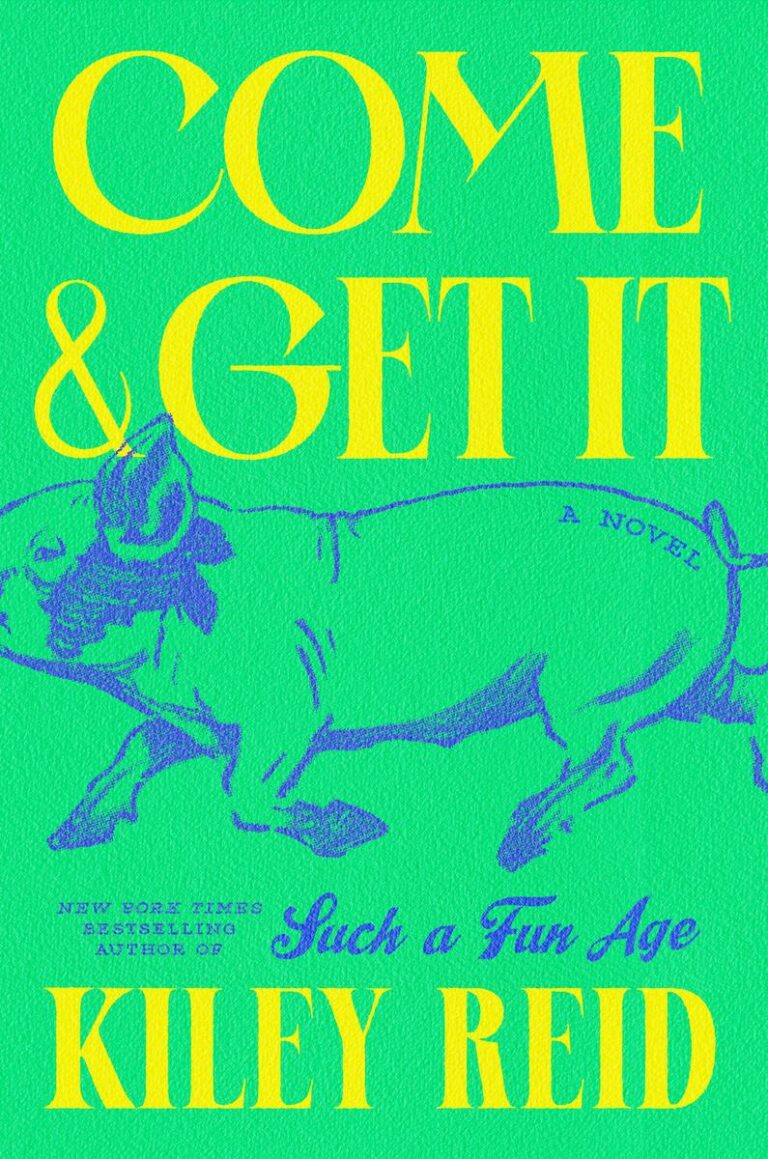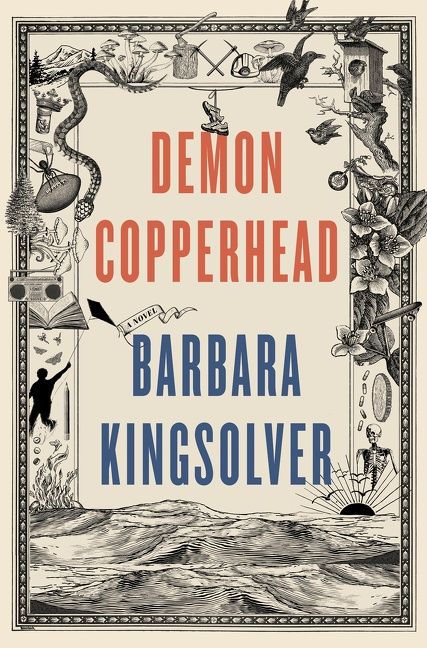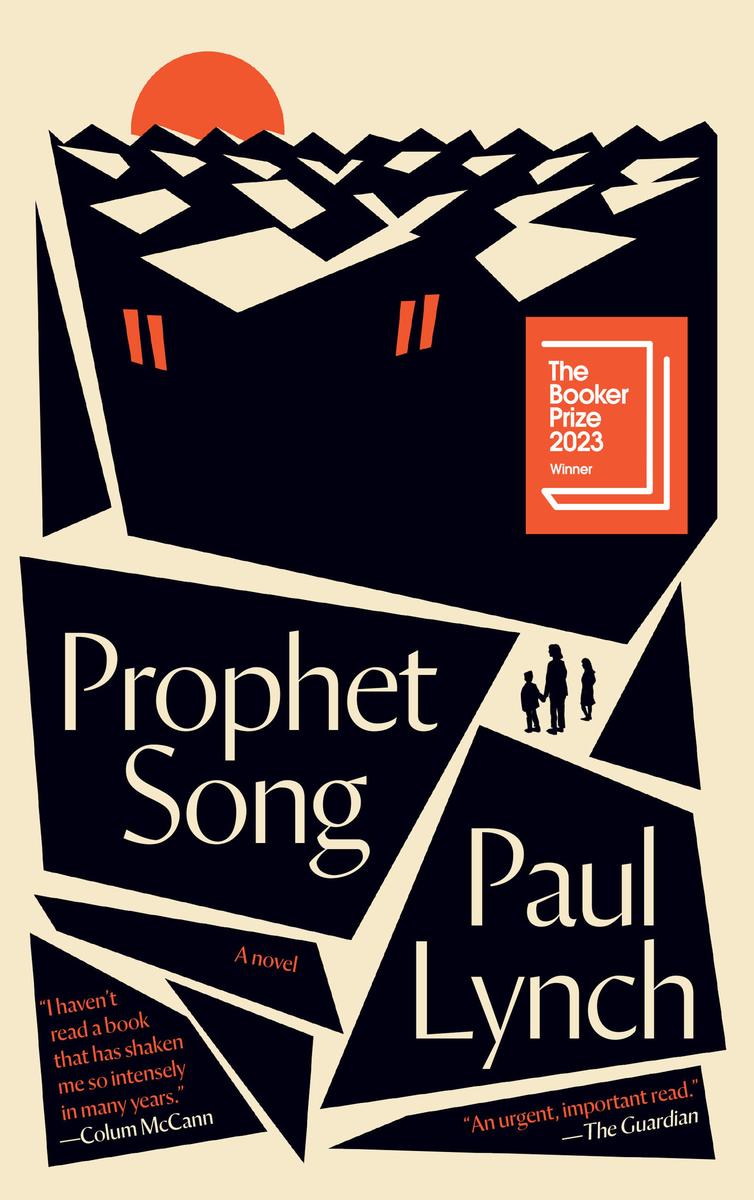Carmela Ciuraru reveals the strange truth behind five famous noms de plume.
George Eliot
Mary Anne Evans, born in Warwickshire, England in 1819, was regarded even by her own mother as an “ugly duckling.” The label would mark her for life. (Henry James once called her “deliciously hideous.”) Convinced that she had the intellect of a man but not his opportunities, she pursued them anyway. She began editing and writing forThe Westminster Review in London, a rather bold position for a frumpy, unmarried woman to claim. In 1851, she met the renowned critic George Henry Lewes, who encouraged her writing and would transform her life. Though married, he was estranged from his wife, and he and Evans would live together until his death (a rather scandalous fact). The first name of her nom de plume came from him; and “Eliot,” she said, was a “good mouth-filling, easily pronounced word.” As her identity became public knowledge, she was judged as immoral, but eventually the bestselling author of Middlemarch was celebrated as a beloved figure. (She courted rebuke again in the last year of her life, when she married a man nearly twenty years her junior.) “A nom de plume secures all the advantages,” she once wrote, “without the disaggreeables of reputation.”
Romain Gary
By the age of thirty-one, Gary (born Roman Kacew in Vilna, Russia, in 1914) had become a war hero and one of France’s most prominent authors; he went on to win the distinguished Prix Goncourt. But eventually his fame became paralyzing and began to feel like a trap. Gary decided to undergo another reinvention: for his next novel, he adopted the nom de plume Emile Ajar, who was said to be an Algerian immigrant. His book became a bestseller, and Gary hired a relative to pose as Ajar in publicity appearances, thus satisfying public curiosity. When a reporter suggested that Ajar’s work was quite similar to Gary’s, he replied that he was flattered, and that perhaps Ajar had plagiarized his work. Despite the playful facade, Gary found fame to be a burden, and soon felt that he could no longer handle the pressure of keeping up his fabricated self. “I developed a profound disgust of publishing anything,” he later admitted. He published a confession of his ruse, called Pseudo—and although much of the material was true, he did not sign his real name to it. Instead he wrote still another confession—intended to be released posthumously—and this document was a full account of how he had fooled fans and critics alike for years. In December 1980, Gary killed himself in his Paris apartment.
Patricia Highsmith
In 1950, when Highsmith published her first novel, Strangers on a Train, the book was an immediate success, and Alfred Hitchcock bought the film rights. Her second novel, as far as anyone knew, was The Blunderer, which appeared four years later. In fact, her second novel was calledThe Price of Salt and it appeared in 1952. This positive portrait of lesbian love was the only work for which Highsmith (bestselling author of the Talented Mister Ripley series) would ever use a pseudonym: Carol Morgan. She had used a pen name because she did not wish to be labeled as a “lesbian” writer, and moreover she wanted to protect her own sexual identity. The book was revolutionary for its era and sold well. Yet it wasn’t until the 1990 UK edition that Highsmith was willing to admit her authorship. (She died five years later.) A lifelong misanthrope who alienated just about everyone with her narcissism and spiteful nature, Highsmith named the Yaddo writing colony (where she had completed her first novel) the sole beneficiary of her estate, along with a $3 million bequest.
Fernando Pessoa
He is perhaps the most fascinating figure in the history of pseudonymity. “To pretend is to know oneself,” Pessoa once wrote, and he pretended relentlessly. Born in Lisbon, Portugal, in 1888, he employed more than seventy pseudonyms, regarding them as separate from himself. (He referred to them as “heteronyms” and insisted that he had no control over what they did.) They had distinct personalities, astrological signs, and physical characteristics—including a hunchback; another who wore a monocle; and a suicidal baron. Not only that, but some of the heteronyms viciously critiqued one another’s work, while others collaborated or served as mentors. “I’m the empty stage where various actors act out various plays,” Pessoa explained. The prolific author died an obscure figure in 1935. He left behind in a trunk more than 30,000 fragments of his writings, much of it untranslated even to this day.
James Tiptree, Jr.
He was one of the most important science-fiction writers of the twentieth century, yet for a decade he kept his true identity a secret. In fact, “he” was a pretty former debutante from Chicago named Alice Sheldon. Alice was secretly attracted to women, but never acted on it. She endured a miserable first marriage, then married an army colonel and former Wall Street banker. Although Alice had been writing stories for a long time (and had even published a story in The New Yorker), she felt shy about submitting them under her own name. In 1967, at a local supermarket, she and her husband spotted a jar of “Tiptree” jam. “James Tiptree,” she said to her husband. “Junior,” he said. They laughed, and a pen name was born. Writing under the cloak of Tiptree, she soon achieved success and cultivated many epistolary friendships. “He had a life of his own,” Alice said of her alter ego. Sadly, when her pen name was eventually uncovered, Alice—who had always struggled with severe depression—suffered a breakdown. She was tormented by being unable to write as herself. In 1987, at the age of 71, Alice shot her husband, then killed herself.






